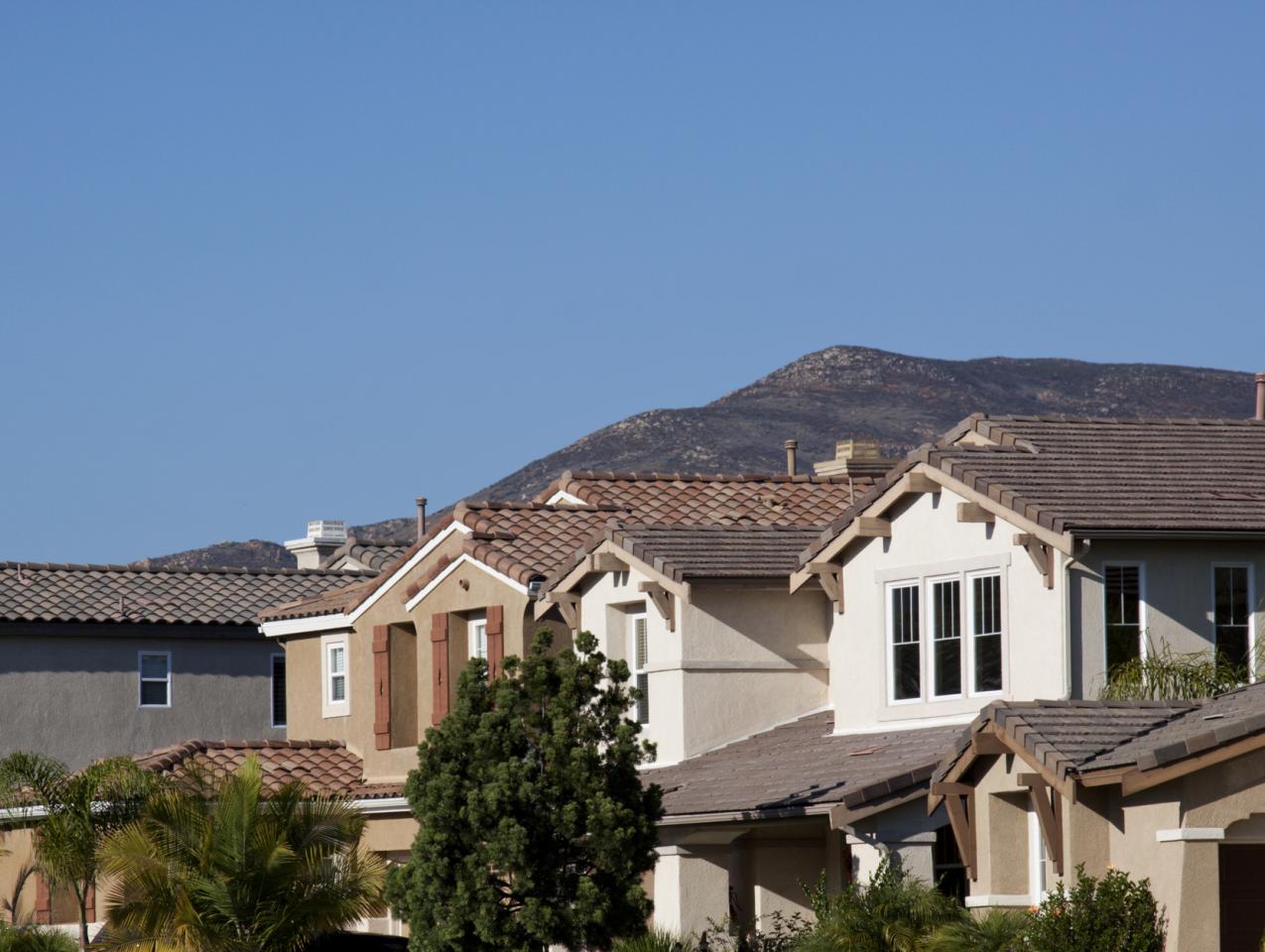- Economics
- Politics, Institutions, and Public Opinion
- State & Local
- California
The median price of a single-family home in California has increased to about $546,000. This is a record high, and is more than 80 percent above the 2012 median of $300,000. California home prices are likely peaking now, and I expect that they will decline soon. The simple analytics of the California housing market is that not nearly enough California households have sufficient income to support the cost of home ownership at current price levels and with current lending standards.
The first signs of a weakening housing market are already occurring. The number of homes sold in California is declining sharply and, in some areas, sales volume is approaching the very low levels recorded at the depth of the 2008–09 recession. Single-family home sales declined nearly 18 percent in Southern California, and more than 22 percent in Los Angeles earlier this fall. Average time for a listed home on market has increased, and the listing price of nearly half of homes for sale is being reduced.
Only about 20 percent of households in the state—roughly 260,000 households—can afford the median-priced home, assuming a 10 percent down payment and given current mortgage rates for borrowers with good credit. With over 200,000 homes selling at or above the median price, you can see the difficulty in maintaining existing sales volume and home prices in the state. In the absence of a large inflow of new money from out-of-state households, California home prices and sales will likely decline.
The California housing market stands in sharp contrast to many other housing markets in the country, where significantly more households can afford home ownership. In Arizona, which has attracted many households previously located in California, roughly 42 percent of households can afford the median-priced home of about $250,000. Moreover, Arizona employment and household incomes are growing faster than in California, indicating that the number of qualified buyers in Arizona will rise at a significant rate.
California housing affordability is even worse in the highest-income locations in the state. Only about 15 percent of households in San Francisco and Silicon Valley—which feature some of the highest-paying jobs in the country—can afford the median-priced home, which is about $1.4 million in San Francisco and about $1.3 million in Santa Clara County, encompassing much of Silicon Valley.
If you are interested in what your housing dollar buys you in Silicon Valley, take a look at this house listed for $1.45 million, which is located in the town of Mountain View, California, home of the tech giant Google.
Believe it or not, I didn’t have to search hard to find this charmer on Zillow. Several other similar properties are for sale in Mountain View. If you are interested in buying this property with a 10 percent down payment, then you would need more than $300,000 of household income to move right into this beauty. A more ambitious buyer looking to do themselves (and the neighborhood) a favor and tear it down and rebuild—perhaps with a new two-story home of about 3,000 square feet, financed with debt—would need closer to $700,000 of household income to swing this. If you are thinking that $350,000 jobs (for a two-earner household) do not grow on trees, you are right, and you should be really cautious about current home price levels in the most expensive areas of California, including $1.45-million teardowns that sit on 6,000-square-foot lots.
So what happened to California real estate? After the housing market declined during the latest recession, a number of factors worked together to drive up home prices. These factors included historically low mortgage rates; strong job opportunities in California coastal cities (San Francisco, Silicon Valley, Los Angeles area, San Diego area); strong out-of-state demand; demand for second and even third homes from very wealthy Californians; and, most important, very little new construction, which is inhibited by increasingly severe building regulations and extremely costly litigation that drives up the cost of construction and also can delay construction inordinately.
Higher mortgage rates and limited tax deductibility from the 2016 tax change are beginning to depress California housing markets and will likely lead to lower prices and lower sales volume. Lower home prices and sales will in turn affect state and local government budgets, as property tax revenue growth will significantly slow down.
Despite the likelihood that home prices will decline before long, California home values will probably remain at relatively high levels in the future, because California is light years away from solving its inability to build new homes. This failure is critical for understanding why the state has such severe affordability problems. The cost of constructing an “affordable” one-bedroom unit in a 100-unit building in California is now about $425,000.
You can also see how housing affordability will affect the next generation of home buyers, particularly those who will be looking in the very expensive coastal California cities. A fortunate few will benefit from legacy homes from their parents, or will receive down payment or mortgage payment support, or both, from family.
But for most other future home buyers, the quest for the good life that California offered to literally tens of millions of households for much of the twentieth century is over, not only because of extremely high housing costs but also because of poorly performing schools, and incomes that are stretched thin because of the high cost of living, and high taxes. These are the reasons many younger Californians are leaving the state. Many other parts of the country offer what California used to provide—affordable housing, good job opportunities, pleasant amenities, and good public schools, all of which are facilitated by state and local public policies that are much more sensible than those of California.
California politicians often like to talk about the “New Normal” in California when it comes to climate change, drought, and fire and mudslide danger. But the reality is that California’s New Normal is much more about the utterly intractable economics of the state.
















